More P Class 'fun.'
Since the last post I have added the bits of the tanks inside the cab, the cab floor and the lockers/splashers. I had to cut the floor in half to get it in but thats OK as I'll be adding planking later.
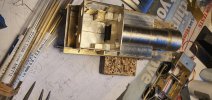
I made the cab roof next. It's quite challenging to make with all the guttering and the verandah shape. I roughed the end bits of guttering out of scrap, soldered them on and fashioned it to shape with my grinder.
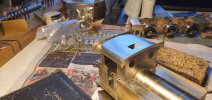
The bag of castings in the background are for the loco. Most of it is only useful as fishing weights.
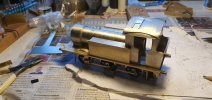
oops a bit squint in that photo.
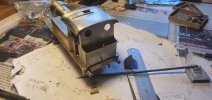
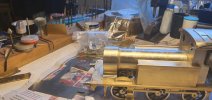
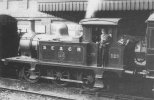
Also in the pics you can see that I have added the rest of the lamp irons. The GA only shows 4 irons front and rear. was the additional middle pair a SR addition?
Also you can see from the above pic (if you zoom in!) that the front top lamp iron has a small additional hook incorporated in it. In the historic photo of number 325 you can see cord/air hose(?) connections from the front and rear coaches. Presumably this is a coms system for push-pull working. Anyone any idea how it works and has any details of it?
Ta.

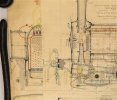
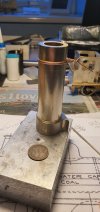
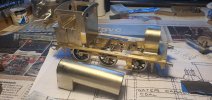
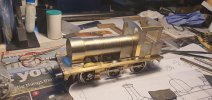
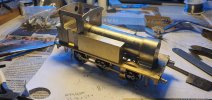
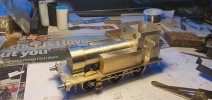

 .
.




